Underwater Clearance Measurements of a Ship’s Propeller Shaft
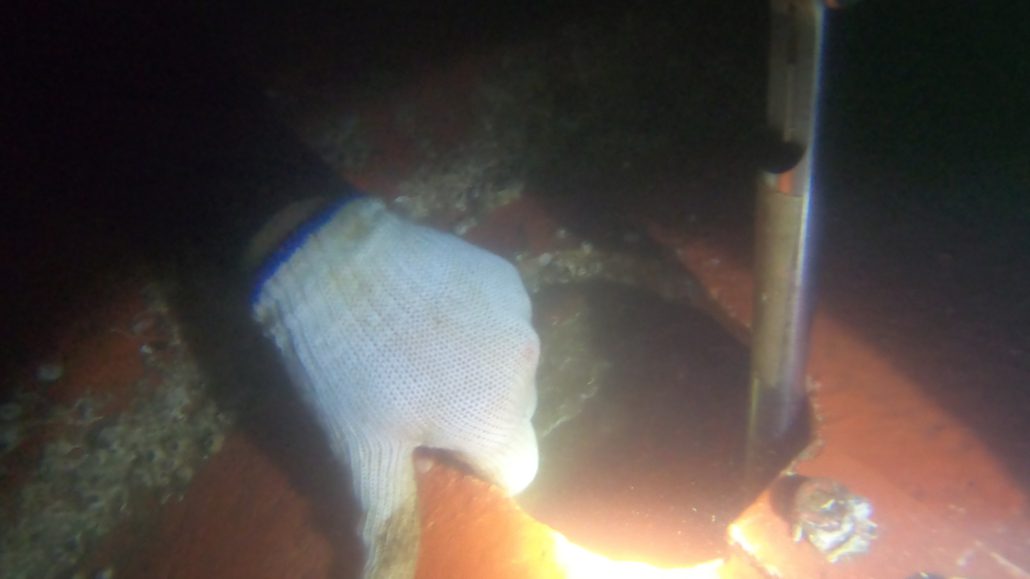
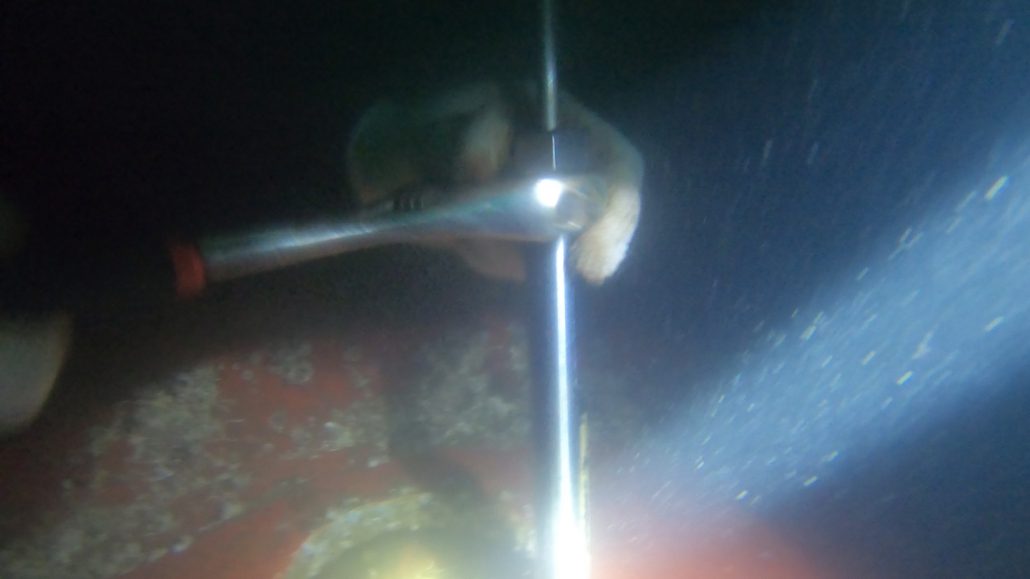
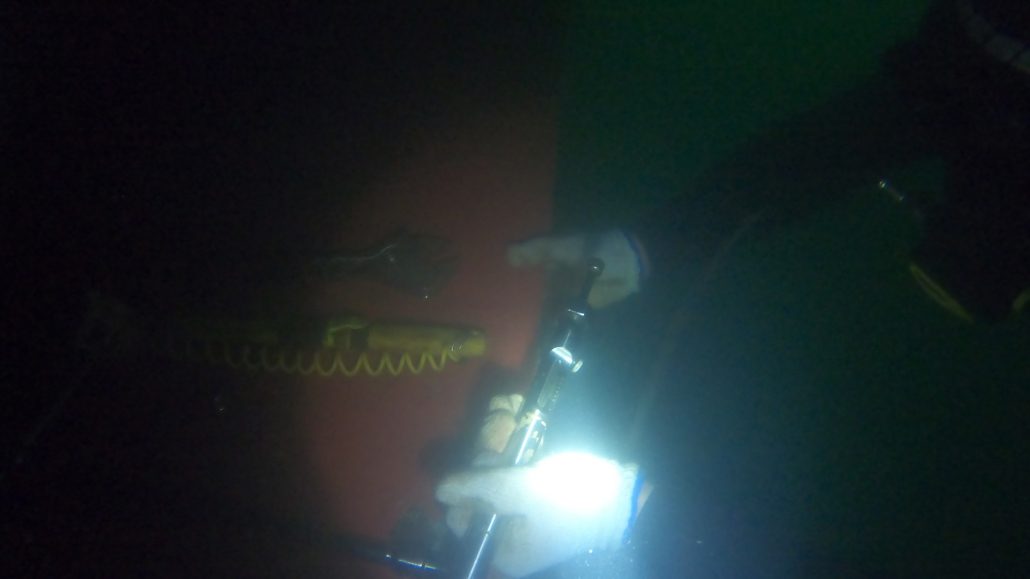
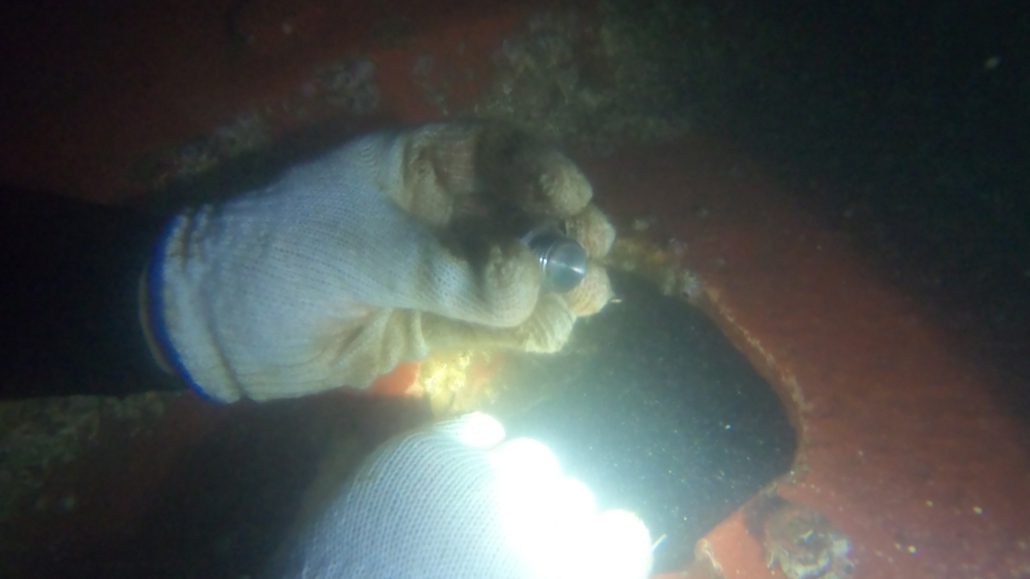
The operational efficiency of a ship extends beyond the water’s surface to the depths of the sea. A key element of this efficiency is the ship’s propeller shaft, and underwater clearance measurements of this shaft hold particular importance. This article explores the crucial significance of these measurements to ensure optimal performance beneath the surface.
1. Underwater Challenges of the Propeller Shaft
While most of a ship is visible on the surface, the propeller shaft and its components dive beneath the sea. Underwater conditions can be unforgiving, with increased pressure and corrosive environments. Propeller shaft clearances must be closely monitored to ensure their proper functioning in these conditions.
2. Prevention of Corrosion and Wear
Saltwater can be corrosive, and underwater components, including the propeller shaft, are exposed to an increased risk of wear and corrosion. Regular measurements help detect any early signs of deterioration, enabling corrective actions to prevent more extensive damage.
3. Friction Reduction for Increased Efficiency
Appropriate clearances underwater are crucial to minimize friction between the propeller shaft and its bearings. Excessive friction can lead to overheating, premature wear, and a decrease in the efficiency of the propulsion system. Precise measurements contribute to maintaining optimal clearances, ensuring maximum energy efficiency.
4. Real-time Monitoring for Enhanced Responsiveness
Underwater measurements of propeller shaft clearances are not limited to regular maintenance. Real-time monitoring, using advanced sensors, allows increased responsiveness to sudden changes or anomalies. This enables the quick prevention of potential problems and ensures the continuity of underwater operations.
5. Impact on Stealth and Maneuverability
In a military context, where stealth and maneuverability are crucial, accurate measurements of underwater propeller shaft clearances are essential. Proper adjustments can help reduce generated noise, thereby enhancing the stealthiness of the ship.
Conclusion
Underwater clearance measurements of a ship’s propeller shaft are a crucial aspect of modern maritime management. By combining regular monitoring, preventive measures, and real-time responsiveness, ship operators can ensure optimal performance, even in the demanding conditions of underwater navigation. This is how the maritime industry addresses the unique challenges of underwater navigation to guarantee the safety, sustainability, and efficiency of fleets.
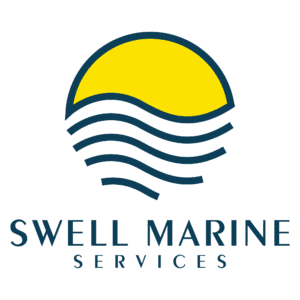
Leave a Reply
Want to join the discussion?Feel free to contribute!